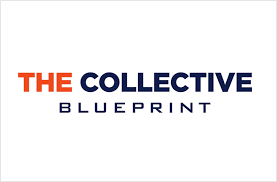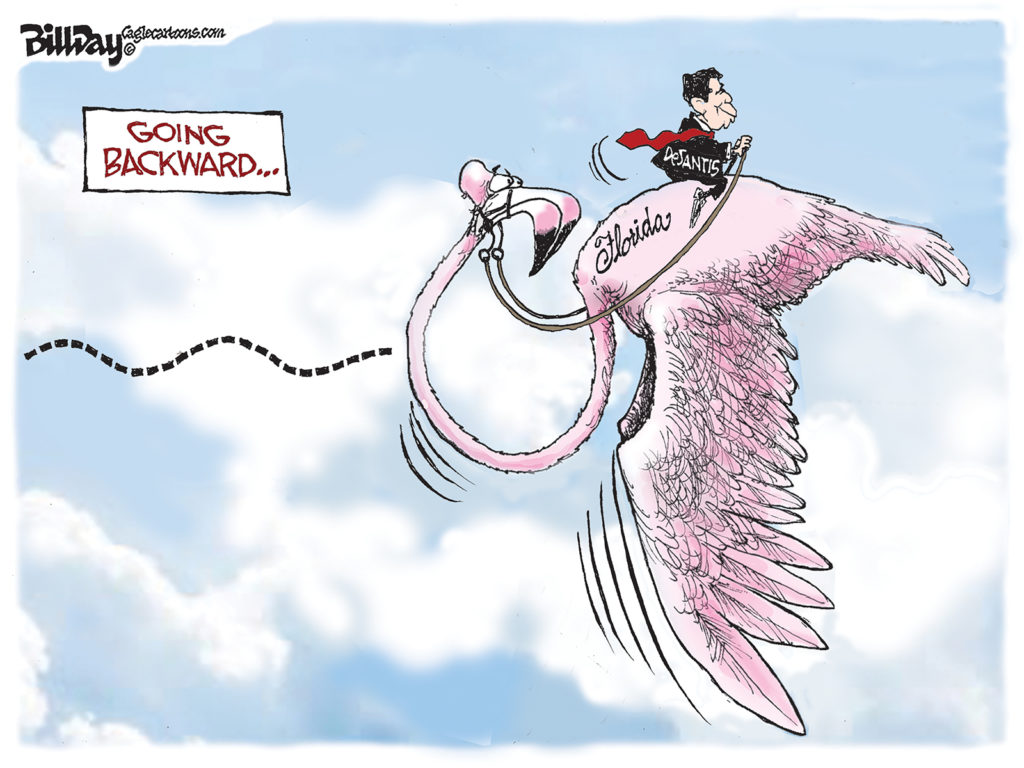From Chronicle of Higher Education:
Improving college-completion rates is “an economic and moral imperative,” a national higher-education commission said on Wednesday in an open letter to college and university leaders.
The letter, which takes the form of a report subtitled “College Completion Must Be Our Priority,” summarizes a yearlong effort by the National Commission on Higher Education Attainment to identify innovative repairs for colleges’ leaky pipelines.
The 18-member commission, including presidents from every college sector, was assembled in 2011 by the American Council on Education and five other national higher-education associations. The mandate came from President Obama, who has challenged the nation to have the world’s highest proportion of people with college credentials by 2020.
As millions of low-skill, well-paying manufacturing jobs have been automated or outsourced, a growing number of positions require at least some postsecondary education, the report notes. College graduates are also more likely to land jobs with health insurance and retirement plans, are less likely to divorce, and are more likely to be tolerant and civically engaged, it adds.
But while a record number of students now attend college, too few of them graduate, and that’s where colleges should be focusing more attention, the report notes.
First-generation, working, and part-time students far outnumber the 18- to 21-year-old residential students who used to be considered traditional, and the disparity is growing rapidly, the commission points out. They need flexible schedules, more financial help, and an efficient remediation system that doesn’t discourage them so much that they drop out, it says.
“For all students, traditional or not,” the report says, “offering access without a commitment to help students complete their degrees is a hollow promise.”
‘Unsatisfactory and Stagnating’
The commission cautions colleges to reject two easy ways to increase their graduation rates: admitting only better-prepared students, which would limit access, and making it easier for students to pass, which would lower academic standards.
The commission’s chairman, E. Gordon Gee, president of Ohio State University, said in a call with reporters on Wednesday that colleges should work closely with elementary and secondary schools and provide remediation for those who need it. But he added that “we can’t be the Red Cross for public schools—we can’t solve their problems.”
After a year of hearings and deliberations, the group came to two main conclusions:
“First, we were dismayed that a country so rightfully proud of pioneering mass higher education through groundbreaking measures like the Morrill Land Grant Act, the GI Bill, and the Higher Education Act now faces unsatisfactory and stagnating college-completion rates,” the report says. But it adds that the panel was encouraged by the innovative solutions some campuses have devised.
Bunker Hill Community College, for instance, provides a flexible schedule for working adults while making efficient use of its crowded campuses by offering classes at midnight.
Quinnipiac University appointed an associate vice president for retention and completion to make sure that such efforts got the attention they deserved.
Bottleneck Courses
The colleges that have made the most progress start by looking closely at how many students they are graduating or helping transfer to another college, and then set specific goals for improvement, the commission says.
The University of Texas at Austin is a good example, the authors say, of an institution that identified barriers to completion and set out to knock them down. The university created an online tool to help students and their advisers chart progress toward a degree, get struggling students back on track, and identify bottleneck courses that students need to take but that lack the space for them.
Streamlining and accelerating remedial classes has also helped keep students enrolled, the group notes. California State University is trying to whittle down the numbers of students needing remediation by working with state education agencies to assess students’ college readiness in their junior year of high school so they have another year to brush up their skills before they enter college.
Other successful efforts include using outside assessments to measure learning acquired outside the traditional classroom.
Among the challenges colleges face in providing academic support are a 25-percent drop, in real terms, in state support for higher education since 2008, the report notes.
The federal government’s yardstick for measuring college completion, which treats transfer students as dropouts and doesn’t count part-time students at all, also needs to be updated, the report says. The six associations are developing an alternative methodology for calculating completion rates that will follow full-time students wherever they’re enrolled. They hope to expand it eventually to include part-time students.
Responsibility for improving completion rates also falls squarely in the laps of students, “who must show up for class, do the required work, and demonstrate mastery,” the report notes. “Higher education demands active and engaged participation by those who enroll.”
The Association of Public and Land-Grant Universities praised the commission’s recommendations, which it said were in line with an effort it is co-sponsoring to increase bachelor’s degrees at nearly 500 four-year colleges by 3.8 million over the next 13 years.



